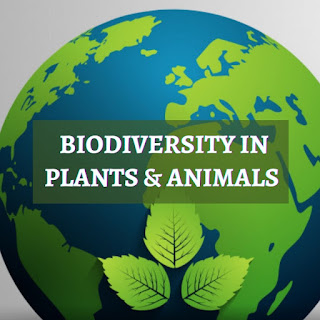What is Photosynthesis?
What is Photosynthesis?
Plants need food yet they don't need to look out for individuals or creatures to accommodate them. Most plants can make their own food at whatever point they need it. This is happened utilizing light and chlorophyll and the process of making food is called photosynthesis.
What is required for the Process of Photosynthesis?
To make their own food, plants need-
carbon dioxide
water
sunlight
Let’s understand how these are collected by plants:
Carbon dioxide gets from the air passes through small pores (holes) in the leaves. These pores are called stomata.
Water is consumed by the roots and goes through vessels in the stem on its way to the leaves.
Sunlight is consumed by a green compound in the leaves.
What happens during Photosynthesis?
The photosynthesis cycle happens in the leaves of plants. The leaves are comprised of little cells. Inside these cells are small structures called chloroplasts. Every chloroplast contains a green synthetic called chlorophyll which gives leaves their green tone.
Chlorophyll assimilates the sun’s energy.
It is this energy that is used to part water atoms into hydrogen and oxygen
Oxygen is delivered from the leaves into the air.
Hydrogen and carbon dioxide are utilized to make glucose or nourishment or food for plants.
A portion of the glucose is used to give energy to the development and growth of plants while the rest is put away in leaves, roots or natural products for later use by plants.
What does Photosynthesis produce?
Photosynthesis is significant in light of the fact that it gives two primary things:
food
oxygen
A portion of the glucose that plants produce during photosynthesis is put away in leafy foods. This is the reason we can eat carrots, potatoes, apples, watermelons and all the others. These nourishments give energy to people and creatures.
The oxygen that is delivered during photosynthesis is delivered into the air. This oxygen is the thing that we inhale and we can't live without it.
While it is significant that photosynthesis gives food and oxygen, its effect on our day by day lives is undeniably broader. Photosynthesis is so basic to everyday routine on earth that most experiencing living beings, including people, can't even live without it.
The entirety of our energy for development, advancement and physical movement originates from eating food from plants and animals. Creatures get energy from eating plants. Plants get energy from glucose made during photosynthesis.
Our significant sources of energy, for example, natural gas, coal and oil were made millions of years prior from the remaining parts of dead plants and animals which we definitely know got their energy from photosynthesis.
Photosynthesis is likewise liable for adjusting oxygen and carbon dioxide levels in the air. Plants assimilate carbon dioxide from the air and deliver oxygen during the process of photosynthesis.
Hope you understood what is photosynthesis and how it works for plants. In our next article, we will look at the process of photosynthesis. Stay tuned for more.
For best CBSE Science study material visit - edusaksham.com


Comments
Post a Comment